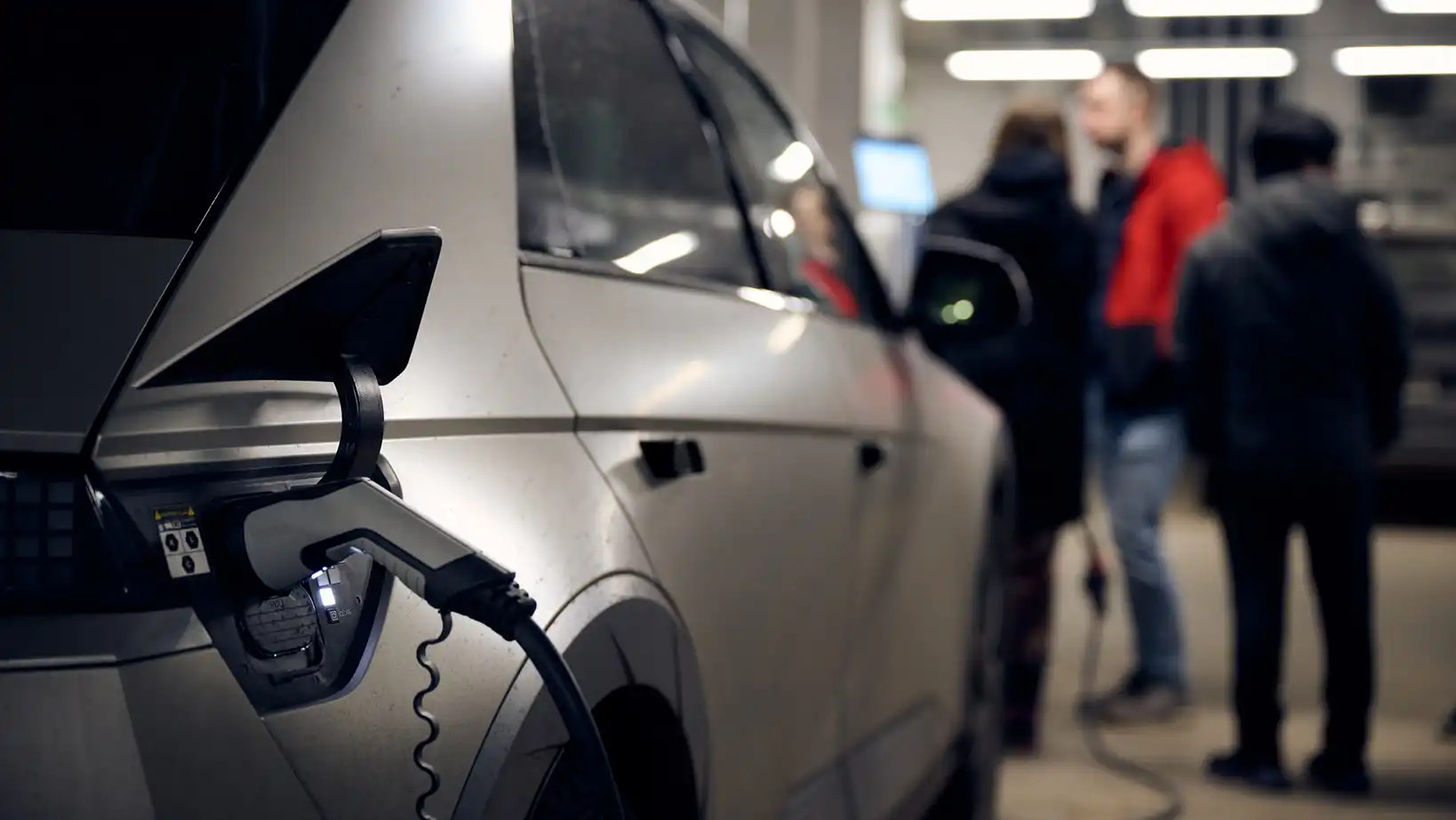The widely respected international standard IEC 62196 categorises four charging modes that describe general characteristics of different charging types for both electric vehicles and charging equipment.
They are the de facto standards in the industry and help players understand technical applications in the same way. Even though in most cases referring to them is not necessary, the modes are widely used in marketing materials, reports and technical specifications. This is why we made a reference list to understand what they are generally about.
Mode 1 is an AC charging method mostly for charging of light vehicles, like mopeds, with a low current. The mode is not relevant in the EV context where passenger cars are the main focus. For safety reasons, the use of Mode 1 is prohibited in some countries, including the United States.
Mode 2 is an AC method to be used as a temporary or transitional solution, before more sophisticated methods become more common. In Mode 2, the charging equipment is situated in a cable.
Mode 3 is the recommended AC method for day-to-day charging, and includes important smart features, like an ICT connection between the EV and the charging equipment, so that charging power can be controlled during a charging event. A Mode 3 plug called Type 2 is the de facto connector in Europe, most notably determined by an EU directive.
Mode 4 is a DC charging method, in which an off-board charger enables very fast charging speeds. There are rivaling connector standards in Mode 4 in Europe, most notably the Japanese CHAdeMO and the European Combo 2 or CCS, which was chosen as the standard to be used in public charging stations in the EU.
New content alerts
You may also like
These related stories
/esled-electric-snowmobile-winter-landscape.webp?width=1920&height=1080&name=esled-electric-snowmobile-winter-landscape.webp)
eSled: Greener nature tourism in Finnish Lapland
/electric-snowmobile-winter-scenery.webp?width=1920&height=1080&name=electric-snowmobile-winter-scenery.webp)
Green & silent - Electric snowmobiles revamp winter leisure
/urban-electric-vehicle-charging-brick-wall.webp?width=1920&height=1080&name=urban-electric-vehicle-charging-brick-wall.webp)
5 benefits of smart charging for EV drivers
